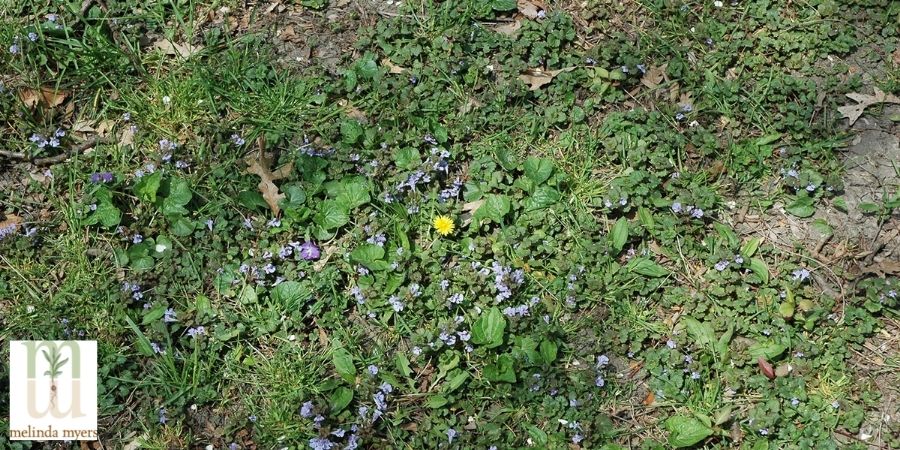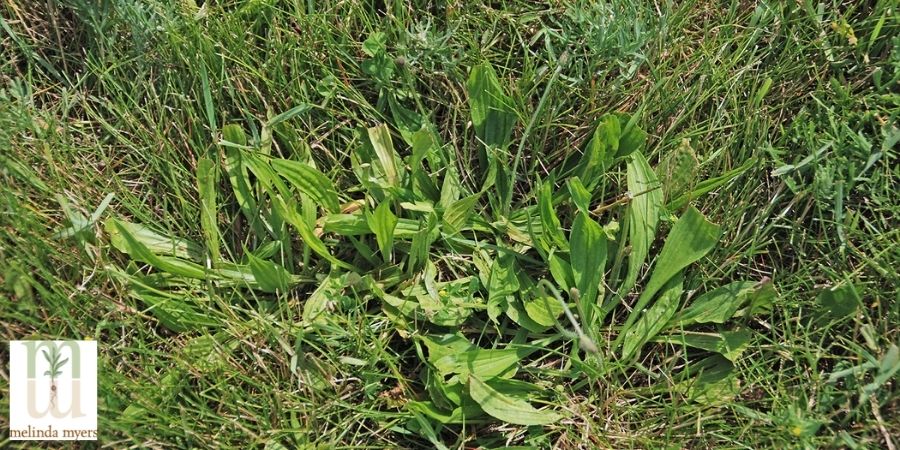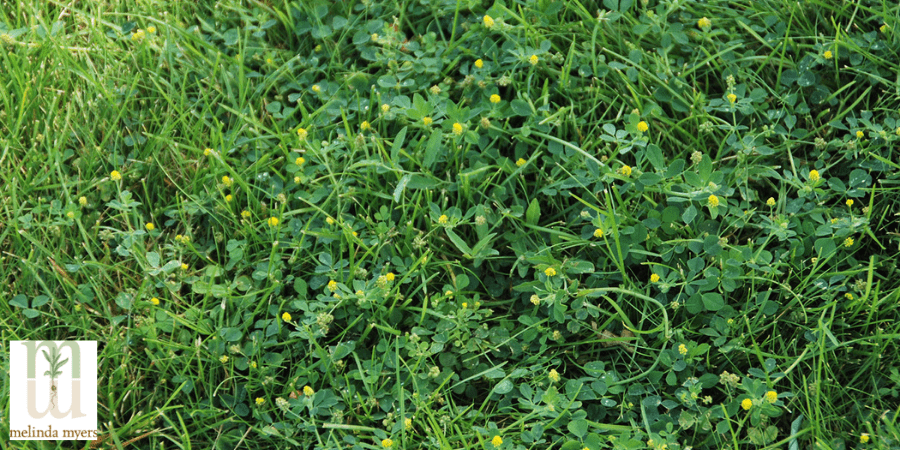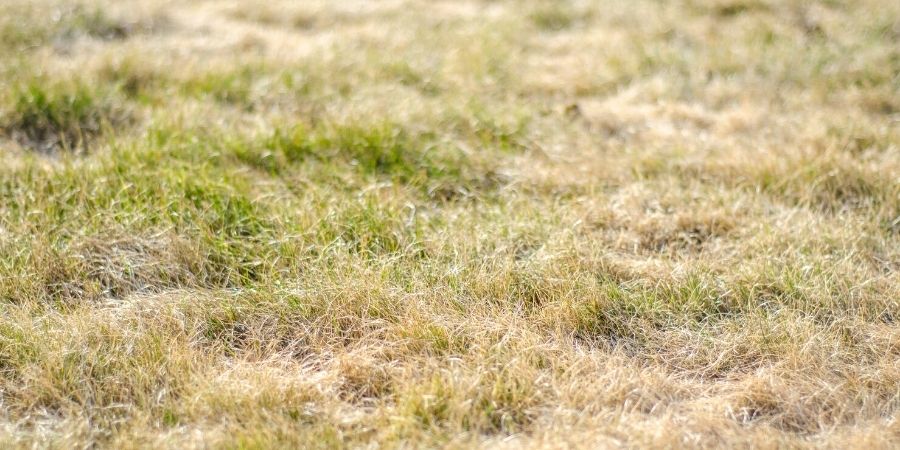Environmentally-Friendly Weed Control
- horticulturist and gardening expertAugust 7, 2021
Lawns unify our landscapes, create a backdrop for our gardens, provide play areas and keep our feet from getting muddy when it rains. But opportunistic plants find a weak spot in the lawn, infiltrate and begin the take over the grass. Many “weeds” support our pollinators so some gardeners decide to leave a few for the bees, butterflies, and others to enjoy. Others are looking for ways to manage the weeds using natural or organic options. Whatever your motivation, proper care is the key to a greener, healthier lawn that is better able to outcompete weeds.
A healthy dense stand of grass is your best defense against weeds and is more resistant to insects and diseases. The grass and thatch layer also acts as a natural filter, helping to keep pollutants out of our groundwater and dust out of our atmosphere. They reduce erosion, decrease noise and help keep our homes and landscapes 7 to 14 degrees Fahrenheit cooler in summer.
Start growing a healthier lawn and managing weeds by identifying the unwanted plants in the lawn. Use them as a guide to improve your lawn’s health and beauty. Weeds appear and spread when the growing conditions are better for them than the grass. Correct the problem and provide proper care to manage weeds and improve the health of your lawn. Killing the weeds without fixing the underlying cause is only a temporary solution. Unless the cause is eliminated the weed problem will return.
Managing Weeds in Your Lawn
Removing weeds by hand is time-consuming but the most environmentally friendly way to manage weeds. Dig weeds as they appear for ease of pulling and preventing them from setting seed and producing more weeds for you to remove next season. Annual weeds that are not flowering or producing seeds can be added to the compost pile. Only add annual weeds gone to seed or perennials to active compost piles that heat up to temperatures high enough to kill these.
Otherwise spread weeds on concrete and allow them to dry thoroughly before adding to the compost pile. Solarize weeds like quackgrass, bindweed, and ground ivy by placing them in a sealed clear plastic bag to kill them before composting. Check with your local municipality for other disposal options.
Use the natural corn gluten pre-emergent in fall and spring to reduce the number of weed seeds sprouting in the grass. This along with proper care can greatly reduce the weed population in your lawn.
Various organic weed killers use vinegars, plant acids, and soaps to burn off the tops of plants. Repeated applications are needed for perennials and they can damage the surrounding grass as well.
Look for organic weed killers containing the active ingredient Fehedta or Hedta for managing broadleaf weeds like dandelions and plantain. They kill the weeds but only turn the surrounding grass it touches greener.
Always read and follow label directions whether using organic, natural, or synthetic weed killers. Save money and minimize the negative impact of weed killers by spot-treating problem areas instead of treating the whole lawn.

Creeping Charlie, Dandelion, and Plantain Weeds
Common Lawn Weeds and How to Control Them
High populations and a variety of weeds mean you need to adjust your overall lawn care practices. Review and adjust your mowing, fertilization, and watering practices as needed.
Creeping Charlie, also known as ground ivy, violets, and plantains usually get their foothold in the shade and then spread throughout the rest of the lawn. Take back those shady spots by growing a more shade-tolerant grass like the cool season fescue or warm-season St. Augustine grass. Mow high and fertilize less, only 1 to 2 pounds of nitrogen per growing season, than the sunny areas of your lawn. Or replace the lawn with shade-tolerant groundcovers. Adjust your overall care to reclaim and maintain the rest of the lawn.
Knotweed and plantains are often found growing next to walks and drives, other high traffic areas, or in lawns growing on heavy poorly prepared soils. These weeds thrive in compacted soil where lawn grasses fail. Reduce soil compaction and improve your lawn’s health with core aeration in spring or fall when the grass is actively growing. Or replace grass in high traffic areas with permeable pavers or stepping stones.

Plantain Weed
Nut sedge is a common weed in wet or poorly drained soils. Improve soil drainage to manage this weed. You may need to core aerate the lawn and topdress with compost, regrade or install a rain garden to capture, filter, and drain excess water back into the ground.
Clover and black medic indicate it’s time to get the soil tested and adjust your lawn fertilization. Both of these weeds thrive when the lawn needs a nutrient boost. Clover was once included in lawn mixes because of its ability to capture nitrogen from the atmosphere and add it to the soil. Many gardeners are adding clover to their lawns for increased drought tolerance and pollinator appeal. Manage these weeds, if desired, by boosting the lawn’s health and vigor by applying Milorganite according to schedule. It feeds the grass slowly throughout the season, promoting slow steady growth that is more drought-tolerant, disease-resistant, and better able to out-compete the weeds.

Black Medic Weed
Crabgrass and Goosegrass are annual weeds that usually appear after a hot dry summer. Mow high to shade the soil and prevent many of these annual grass weeds from sprouting. Corn gluten meal is an organic pre-emergent weed killer that can help reduce these and other weeds from sprouting. Apply in spring and fall to greatly reduce weeds over the next three years.
Moss thrives in shade and compacted poorly drained soils where lawn grasses fail. Core aerate and incorporate organic matter into the soil to improve drainage. If shade is the issue, work with a certified arborist to properly prune trees to increase the amount of sunlight reaching the ground. Or save time and frustration by mulching the areas under trees or add a few steppers and call it a moss garden.
Proper Lawn Care to Help Reduce Weeds
Set your mower high to encourage deep drought-tolerant roots. Taller grass also shades the soil reducing weed seeds from sprouting. Grow cool-season grasses like bluegrass, fescue, and ryegrass 2 1/2 to 3 1/2 inches tall. Warm-season grasses like bermudagrass, carpetgrass, centipedegrass, and zoysia should be grown at 1 to 2 inches tall while St Augustine should a bit higher, 2 to 3 inches, for best results.
Mow often enough so you will be removing no more than a third of the total height at a time. The short clippings break down quickly adding water, nutrients, and organic matter to the soil. Cut long clippings down to size with a second pass of the mower. A season’s worth of clippings is equal to one fertilizer application.
And, when mowing, consider an electric or push mower and sharpen your mower blades to manage your lawn in an even more Eco-friendly manner.
Fertilize to keep your lawn healthy and reduce weed problems. Research found that even one fertilization a year can greatly reduce the weed population in a lawn. Applying fertilizer in the fall will provide the greatest benefits.
For higher quality and lawns with greater use consider following the holiday schedule for the type of grass you’re growing. Those in colder regions grow cool weather bluegrass, fescue, and perennial ryegrass. Fertilize these with Milorganite at least once in the fall and preferably Memorial Day, Labor Day (early September), and sometime between Halloween and Thanksgiving but before the ground freezes.
Those in warmer climates growing warm-season grasses like centipede, Bermuda, and zoysia can fertilize with Milorganite around Easter after the grass starts growing, Memorial Day and Labor Day. Make sure the last fall application is at least 4 to 6 weeks prior to the average first killing frost.
Always sweep clippings and fertilizer off of the driveway, walks, and other hard surfaces and back into the lawn where they belong. This reduces the risk of them being washed into the storm sewer and polluting our waterways.
Most lawns benefit from an inch of water a week either from rain, irrigation, or a combination of the two. Let the grass, not the calendar be your guide for watering the lawn. The grass blades will turn a bluish-green, often wilt or curl when in need of watering. Watch to see if your footprints remain when walking across the lawn late in the day. Confirm your suspicions with the screwdriver test. You’ll find it difficult to push into the ground when the soil is dry and it's time to irrigate the lawn.

Dormant Lawn
Water thoroughly, moistening the top 6 to 8 inches of soil. Apply water early in the morning, whenever possible, to reduce water lost to evaporation. Use a sprinkler that allows you to direct the spray and minimizes water wasted on walks and drives.
Conserve water by allowing your lawn to go dormant during dry periods until favorable weather returns. Apply ¼” of water every three weeks during extended dry periods to keep the crown alive but the grass dormant. Taking lawns in and out of dormancy is more damaging than allowing them to remain dormant until the rains return.
Lawn grass will survive dry periods but the weed population will increase. Minimize foot and equipment traffic and do not apply weed killers to dormant lawns. You may kill the existing weeds but new weeds, not lawn grass, will grow in the bare spots left behind.

